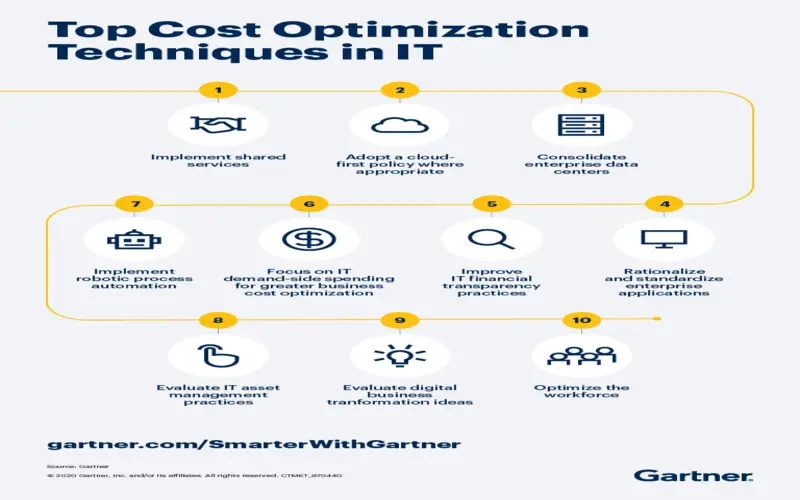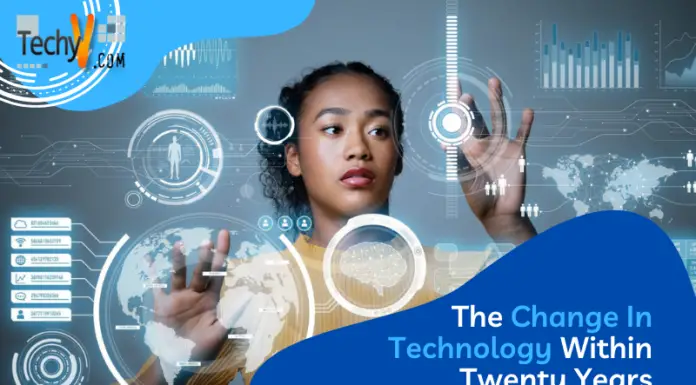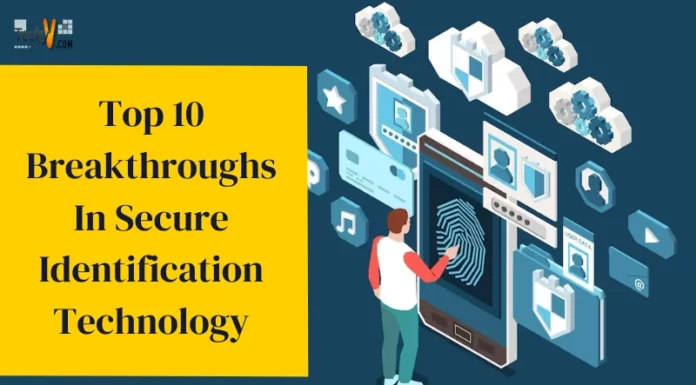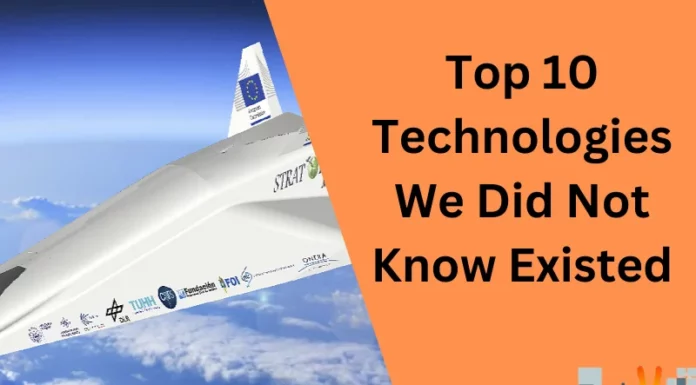What Is Leveraging Edge Technology?
It ensures that information can be pre-owned quickly without negatively affecting an edge application’s performance. The near the information is, the quicker it can be available. It diminishes the amount of data necessary to be processed in the cloud or other personalized places, which minimizes latency and assists in lowering costs.
Benefits And keywords
Cost Savings
Edge computing and AI allow companies to optimize energy consumption quickly, resulting in significant cost savings. By recognizing inefficiencies and making data-driven adaptions, managing can diminish energy costs and streamline operations.
Sustainability
By minimizing energy consumption, enterprises distribute to a greener future and establish their commitment to collaborative social responsibility. It can improve brand reputation and inspire environmentally conscious users.
Operational Efficiency
Edge computing and AI assist companies in enhancing operational effectiveness by reducing network bandwidth applications and improving actual time decision-making. It translates into smoother company operations, diminished downtime, and enhanced user satisfaction.
Data Protection
Edge computing maximizes the amount of data transferred to personalized services, minimizing the risk of data violation. By placing data at the edge, companies can reduce security threats and ensure confidential data remains secure.
Improved Flexibility
Barbara has the ability to scale up or down based on the enterprise’s needs, which is useful for industrial processes with variable levels of demand.
Improved Security
Barbara provides rigid security features to ensure that information is secured always secured . It is especially essential for industrial procedures that deal with sensitive data.
Reliability
Barbara is a reliable platform that is specialized to meet the particular needs of an organization. It enables organizations to outfit the platform to their specific use case, which leads to enhanced efficiency and cost savings.
Remote Management
Barbara enables remote management and control of edge tools, applications, and data, allowing organizations to organize their structure from a compact location.
Integration
Barbara can combine with existing systems and platforms, enabling organizations to leverage their investments and enhance efficiency.
Benefits
1. Personalized User Experience
Assimilating AI user service and marketing allows companies to deliver personalized experiences to their following. AI-driven chatbots and digital assistants can address user investigations promptly, enhancing user satisfaction. Alternatively, AI-powered data can help insights into user options, enabling you to tailor your things and services individual requires, predicting long-term loyalty.
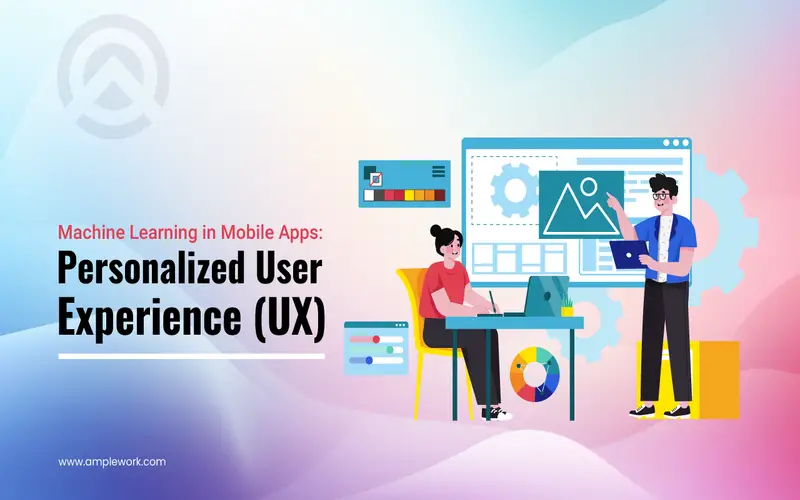
2. Augmented Workforce And Worker Empowerment
Opposite to the fear that AI will return human jobs, it is more likely to increase the workforce and worker employees. By automating tedious tasks, AI frees up time for your workers to focus on imaginative problem-solving, innovation, and high-value duties that need human creativity. AI can also help in talent assessment, learning and development, and performance organization, allowing a more merged and skilled workforce.
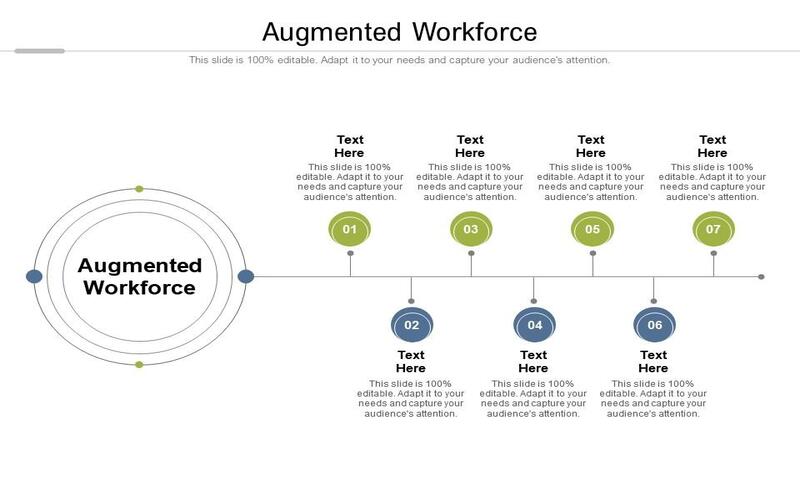
3. Enhancing Efficiency: Merging Edge Computing And AI For Smarter Energy Management
A robust association has merged between edge computing and artificial intelligence (AI) that ensures to the transformation of energy management systems. Utilizing the powder of both innovations, organizations can succeed in more innovative, more effective energy consumption through modern evaluations and actual time decision-making.
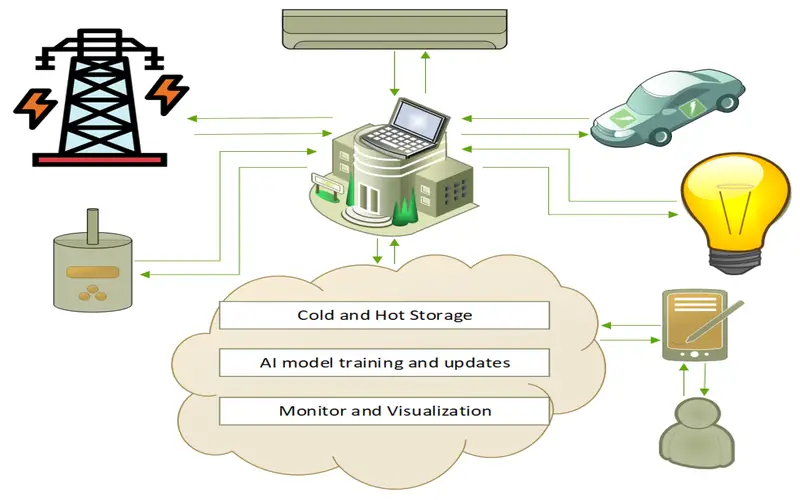
4. Actual-time Data Processing
Edge computing, which includes processing data locally on tools instead of relying on centralized clouds, carries an essential benefit to energy management systems. By extracting data closer to its source, edge computing minimizes latency and allows real time evaluations for applicable understanding. Energy management systems appliances with edge computing abilities can rapidly react to converting conditions, observing energy consumption based on actual time data. Edge computing authorizes energy management systems to make active resolutions based on actual time data, maximizing overall effectiveness.
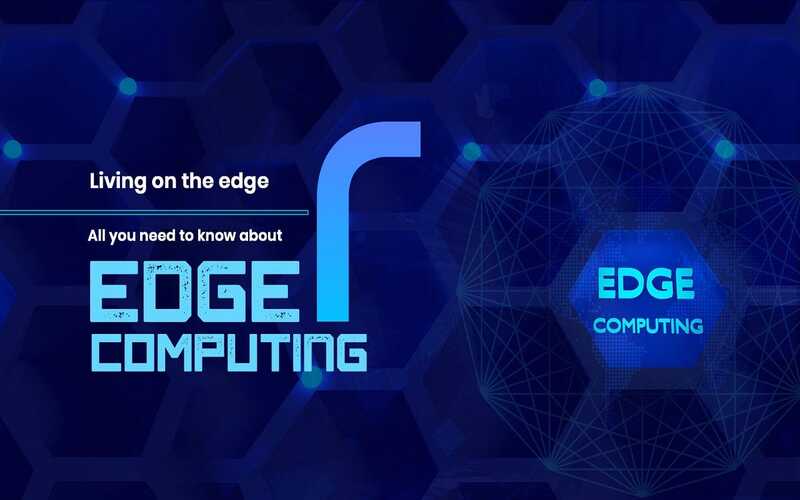
5. Minimizing Costs: How Edge Computing And AI Can Evaluate Energy Usage In Actual Time
Leveraging the power of edge computing and artificial intelligence (AI), enterprises can reduce energy application in actual time, The primary benefits are considerable cost reductions and a greener future. We will explore the potential of edge computing and AI in observing energy absorption and examine the facilities they carry to companies worldwide.
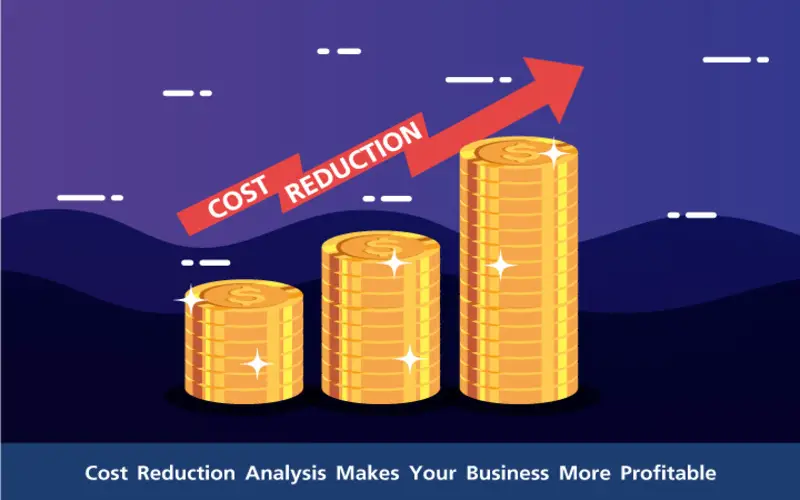
6. Improving Predictive Maintenance
Alternatively, actual-time data observe at the edge advantages predictive maintenance. Through expectation detection and millisecond-by-millisecond evaluations, any unexpected or abnormal machine nature can be recognized immediately. Manufacturers can use data gathered at the edge as a trigger. If machine data approaches a defined threshold, the keeping system can be latest in actual time to verify to the engineer that a component is running simultaneously. It can start a work order in the enterprise resource planning (ERP) system to control maintenance before failure happens.
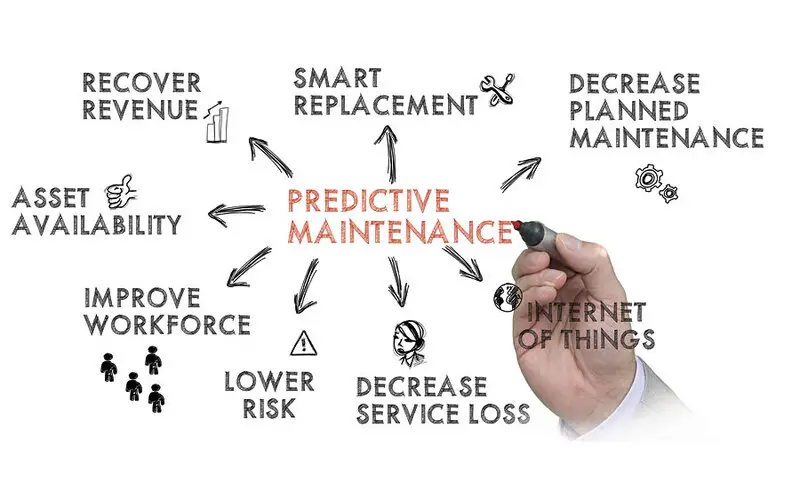
7. Assets Performance Management
Many management teams want to improve performance by implementing Asset Performance Management (APM) solutions. APM is patterned to offer access to data on mission crucial assets involving association to actual time to Operation Technicians and Engineers. While the appealing may be cloud based or business related, data should prepare and preserved at the Edge where the data is created, enabling only crucial and extraordinary nature to be romantic to handle midpoint.
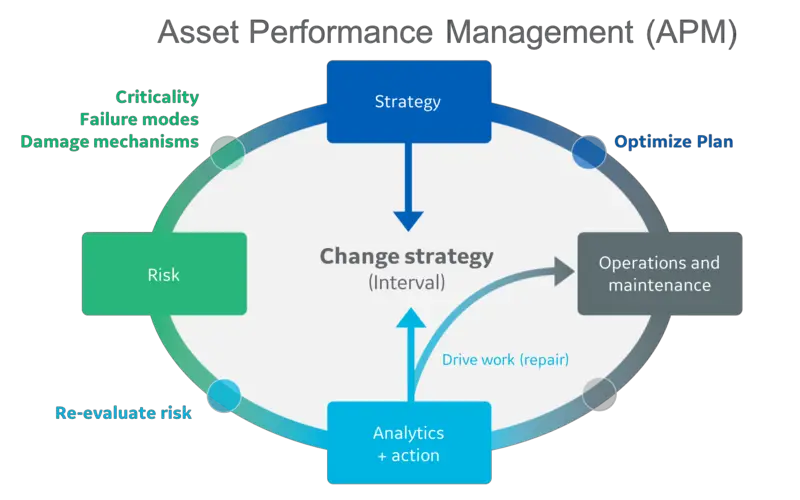
8. Making Information Decisions
The innovation can be leveraged for competitive benefit is through data evaluates. Startups that efficiently collect, monitor, and explain data can acquire important insights into user behaviour, market trends, and business success. It enables them to make data-driven decisions that lead to improved user experiences, better products, and more efficient marketing approaches.
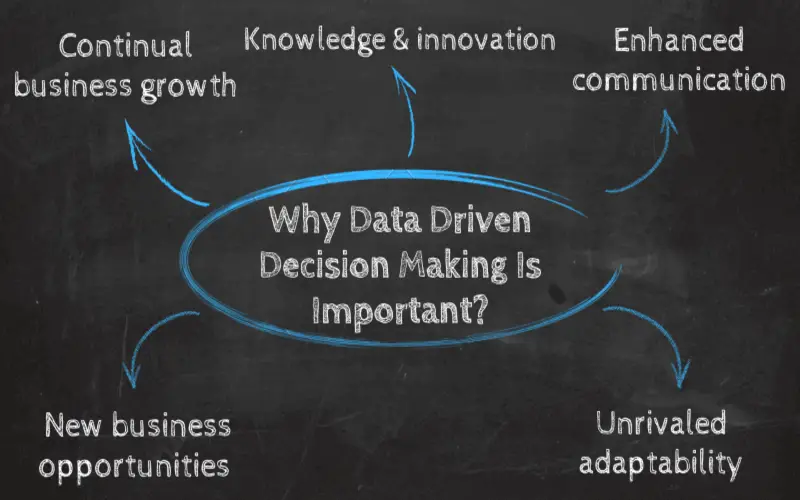
9. Embracing Digital Marketing
Its reaching and emerging target people in a maximizing digital world, startups must influence innovation to efficiency market their products and services. Print adverts and billboards are examples of traditional marketing strategies, whereas digital media deliver more targeted and quantity outcomes.

10. Minimize IT Costs
A more compelling digital and work structure ultimately leads to cost savings. You can save money and reduce operational costs by providing inventive innovation. Alternatively, tech traders frequent provides incentives to before adopters. So, you might get a good distribute on cost-saving hardware and software in the first place.
